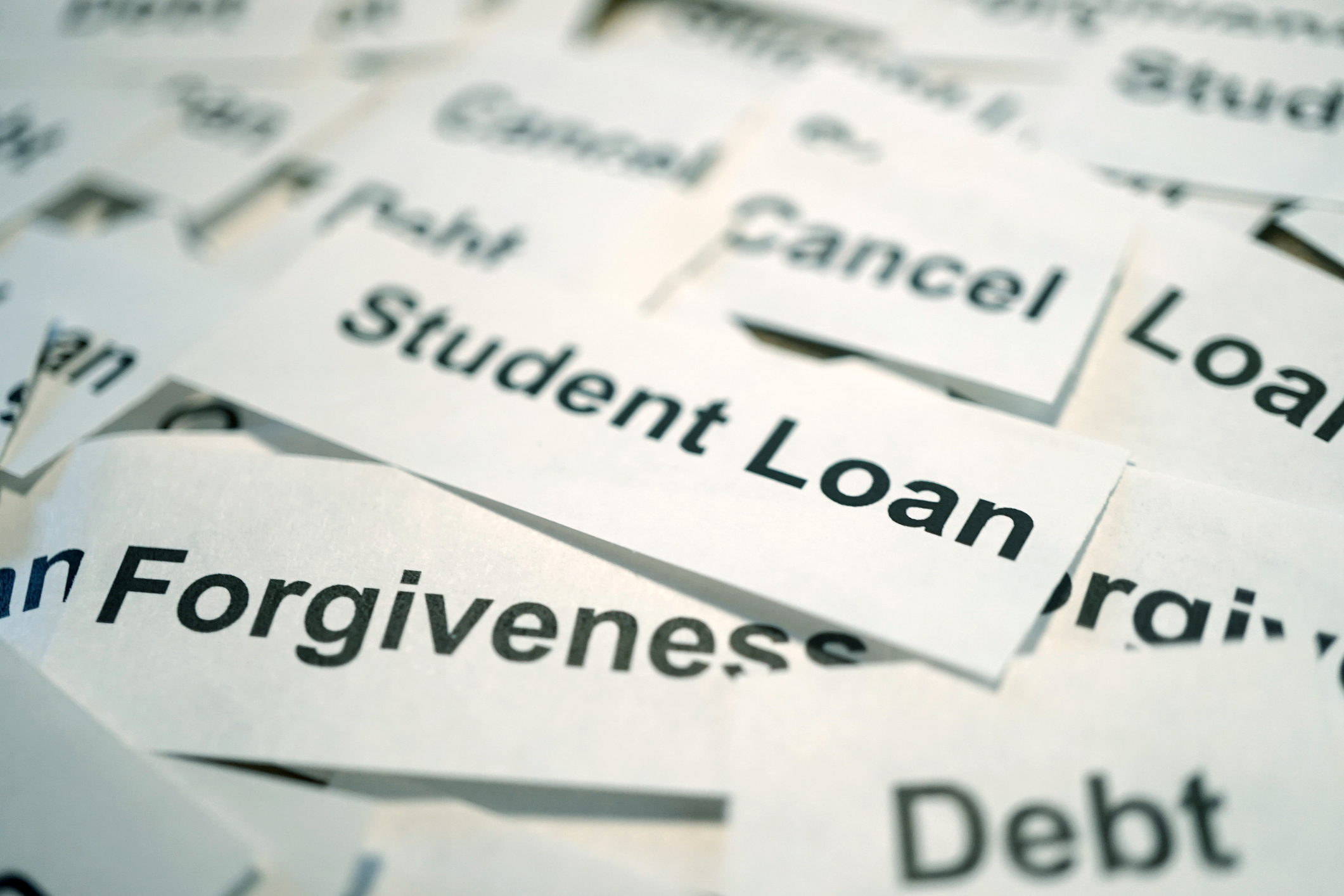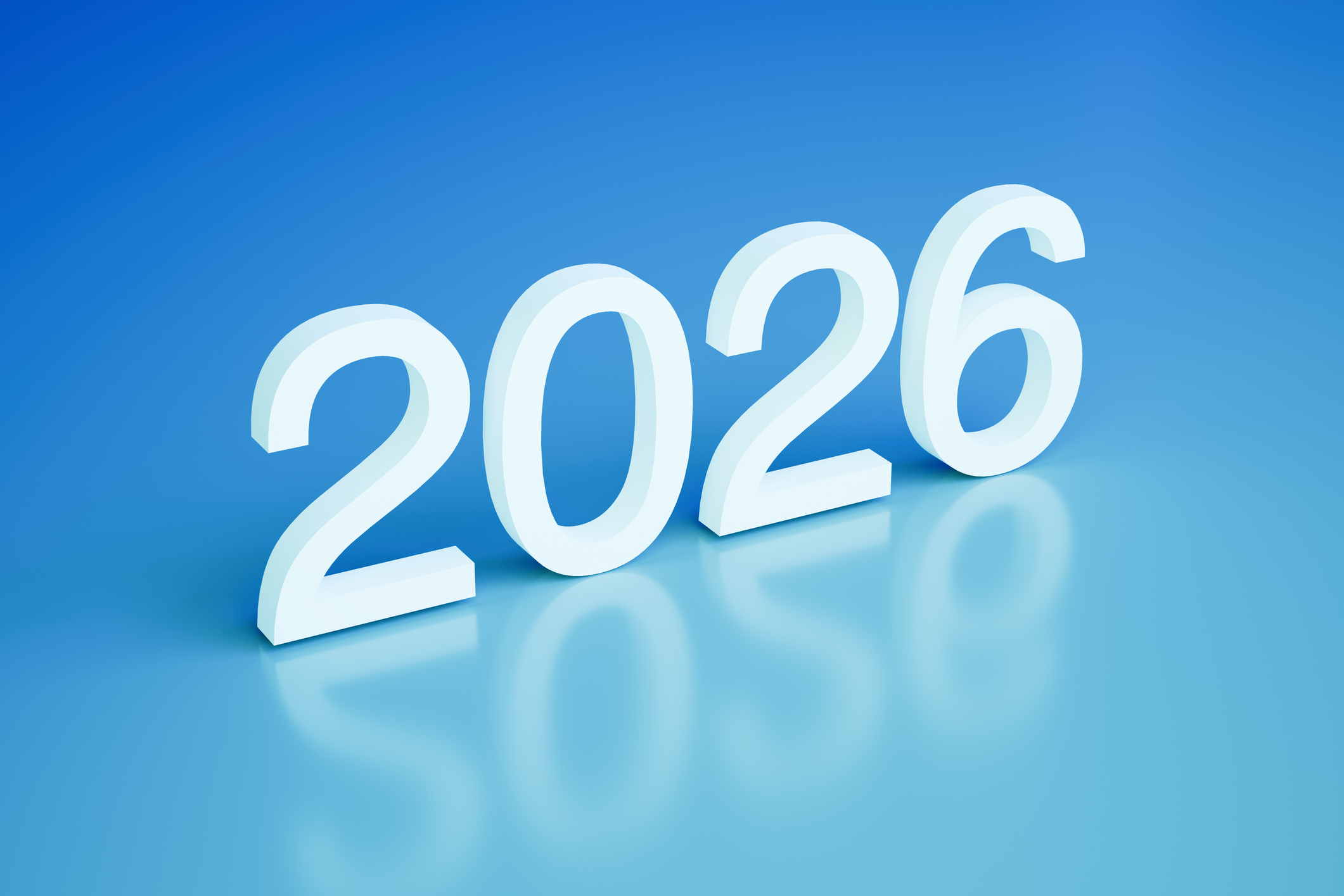What's Happening With Biden Student Loan Forgiveness?
The Biden administration has discharged billions in student loan debt through various programs and initiatives.


After the U.S. Supreme Court struck down the Biden administration's proposal for widespread student loan forgiveness, the administration has acknowledged that many of the more than 40 million student loan borrowers in the United States struggle with repayment.
Since President Biden took office, the U.S. Department of Education says it has forgiven nearly $160 billion in federal student loan debt, benefiting approximately 4.6 million borrowers. Several aid programs have contributed to the total debt relief, each targeting different borrower groups and circumstances.
Here is a summary of some of these programs to help you determine what the Biden administration's student loan forgiveness efforts mean for you.
From just $107.88 $24.99 for Kiplinger Personal Finance
Become a smarter, better informed investor. Subscribe from just $107.88 $24.99, plus get up to 4 Special Issues

Sign up for Kiplinger’s Free Newsletters
Profit and prosper with the best of expert advice on investing, taxes, retirement, personal finance and more - straight to your e-mail.
Profit and prosper with the best of expert advice - straight to your e-mail.
Student loan forgiveness 2024
Before diving into the various loan forgiveness plans, it helps to review some background.
During the COVID-19 pandemic, the Biden administration unveiled a broad student loan forgiveness plan. The plan proposed forgiving up to $10,000 of student loan debt for eligible borrowers and up to $20,000 for Pell Grant recipients. Eligibility criteria included an individual income of less than $125,000 or $250,000 for married borrowers filing jointly.
However, the plan faced legal challenges and was ultimately struck down by the U.S. Supreme Court in Biden v. Nebraska.
In response, the Biden administration announced new protections for student loan borrowers. Since then, the Department of Education has automatically forgiven student loan debt for some in public service or who were defrauded. Other student loan forgiveness is due to changes to income-driven repayment plan rules.
Related: Biden Cancels $1.2B in Student Loan Debt
What is Borrower Defense loan discharge?
One student loan debt relief initiative is the Borrower Defense to Repayment program, which the administration says has led to the discharge of over $28 billion in debt for 1.6 million borrowers.
This program generally canceled student loan debt for borrowers who were misled by their schools or received a subpar education.
For more information, see How Borrower Defense to Repayment Loan Discharge Works.
Income-Driven Repayment plans: Who qualifies for IDR loan forgiveness?
Income-driven repayment (IDR) plans generally allow borrowers to pay a percentage of their discretionary income toward their student loans each month. (The remaining debt is forgiven after a specified period.)
There are four available IDR plans and the terms vary, but each is designed to make repayment more manageable for borrowers with lower incomes. The IDR plans are the Pay As You Earn (PAYE) repayment plan, the Income-Based Repayment (IBR) plan, the Income-Contingent Repayment (ICR) plan, and the Saving on a Valuable Education (SAVE) repayment plan.
The Biden administration has reviewed millions of loan accounts to help ensure borrowers receive any loan forgiveness they may be entitled to. Earlier this year, as Kiplinger reported, the administration forgave $1.2 billion in student loan debt for borrowers enrolled in the SAVE repayment plan.
More to know about IDR
- The Biden administration has implemented a one-time payment count adjustment for borrowers consolidating their loans. According to the administration, this adjustment initiative has benefitted nearly one million borrowers.
- This adjustment credits borrowers based on the loan with the longest repayment history. This includes periods previously ineligible, like months in deferment or forbearance.
- Some borrowers must consolidate loans before June 30, 2024, to qualify for these account adjustments.
Public Service Loan Forgiveness (PSLF)
The Public Service Loan Forgiveness (PSLF) program is designed to forgive the federal student loans of borrowers employed by the government or certain non-profit organizations after ten years of on-time payments.
A PSLF help tool on studentaid.gov provides a list of qualifying employers and access to the employer certification form.
- The Biden administration has expanded eligibility and allowed certain borrowers to reapply for relief.
- These efforts have reportedly led to the forgiveness of over $62 billion in student loan debt.
Total and Permanent Disability (TPD) Discharge
The Biden administration has also forgiven the student debt of some borrowers with disabilities. More than half a million borrowers have received over $14 billion in relief through the Total and Permanent Disability Discharge program, according to the White House.
- Borrowers generally qualify for a TPD discharge if they have a severe and permanent disability that prevents them from working.
- According to the TPD program web page, you can show that you qualify for a TPD discharge by providing documentation from one of three sources: the U.S. Department of Veterans Affairs (VA), the Social Security Administration (SSA), or an authorized medical professional.
Taxes on student loan forgiveness?
Some legal challenges still surround various student loan forgiveness efforts. For example, a federal appeals court recently dismissed a challenge to $51 billion in already-granted debt relief. The Biden administration has pledged to continue looking for ways to help student loan borrowers.
At the same time, the IRS has encouraged employers and employees to consider employer education assistance programs. As Kiplinger reported, employer-provided funds from these programs (of up to about $5,200 per employee) are a tax-free way to help borrowers repay their student loans.
Also, remember that while student loan forgiveness isn’t currently taxable at the federal level, some states may tax your forgiven student loan debt. If you are worried about how student loan forgiveness may affect your tax burden, consult a qualified and trusted tax professional or financial advisor.
New student loan forgiveness plans
Recently, the Biden-Harris administration announced new plans for additional student debt relief. If approved, the proposal would:
- Waive accrued and capitalized interest for millions of borrowers
- Automatically discharge debt for borrowers who are eligible for loan forgiveness under the SAVE Plan despite not being enrolled in the plan
- Eliminate student debt for borrowers who entered repayment 20 or more years ago
- Help borrowers who enrolled in low-financial-value programs or institutions
- Assist borrowers who experience hardship in paying
Public comments on the first set of plans closed May 17. The Department of Education plans to publish final rules this fall.
Student loan debt: Bottom line
As these initiatives unfold, borrowers should explore their options and use available resources to help manage student loan payments and debt. For example, on your federal income tax return, you may be able to deduct student loan interest paid during the year.
Also, remember that these federal; student loan forgiveness plans don't apply to private student loans. Those loans are typically issued by financial institutions like banks and credit unions, not the U.S. Department of Education.
Learn more about student loan forgiveness by visiting studentaid.gov.
Related
Profit and prosper with the best of Kiplinger's advice on investing, taxes, retirement, personal finance and much more. Delivered daily. Enter your email in the box and click Sign Me Up.

Kelley R. Taylor is the senior tax editor at Kiplinger.com, where she breaks down federal and state tax rules and news to help readers navigate their finances with confidence. A corporate attorney and business journalist with more than 20 years of experience, Kelley has covered issues ranging from partnerships, carried interest, compensation and benefits, and tax‑exempt organizations to RMDs, capital gains taxes, and income tax brackets. Her award‑winning work has been featured in numerous national and specialty publications.
-
 Santa Claus Rally at Risk as Tech Stocks Slump: Stock Market Today
Santa Claus Rally at Risk as Tech Stocks Slump: Stock Market TodayThe Nasdaq Composite and Dow Jones Industrial Average led today's declines as investors took profits on high-flying tech stocks.
-
 7 Ways to Save Money on Almost Everything
7 Ways to Save Money on Almost EverythingHigh prices got you down? These strategies can help you reap deep discounts on everyday spending.
-
 My Top 10 Stock Picks for 2026
My Top 10 Stock Picks for 2026Each year, we ask an expert to pick 10 stocks that have the potential to beat the market over the next 12 months. Here are his choices for 2026.
-
 Law Reversal Looming? Trump Eyes 2026 Gambling Winnings Tax Change
Law Reversal Looming? Trump Eyes 2026 Gambling Winnings Tax ChangeTax Deductions It's no secret that the IRS is coming after your gambling winnings in 2026. But how long will that last?
-
 Is a New $25,000 Health Care Tax Deduction Coming in 2026?
Is a New $25,000 Health Care Tax Deduction Coming in 2026?Tax Policy A proposal from GOP Sen. Josh Hawley adds to the chatter about health care affordability.
-
 Are New Trump $2,000 Stimulus Payments Coming in 2026? What to Know Now
Are New Trump $2,000 Stimulus Payments Coming in 2026? What to Know NowTax Policy A promise of $2,000 tariff dividend checks is raising questions and fueling confusion.
-
 Could Tax Savings Make a 50-Year Mortgage Worth It?
Could Tax Savings Make a 50-Year Mortgage Worth It?Buying a Home The 50-year mortgage proposal by Trump aims to address the housing affordability crisis with lower monthly mortgage payments. But what does that mean for your taxes?
-
 Emergency Tax Bill Ends $6,000 Senior Deduction and Tip, Overtime Tax Breaks in D.C.
Emergency Tax Bill Ends $6,000 Senior Deduction and Tip, Overtime Tax Breaks in D.C.Tax Law Here’s how state tax conformity rules could immediately raise your income tax liability.
-
 Standard Deduction 2026 Amounts Are Here
Standard Deduction 2026 Amounts Are HereTax Breaks What is the standard deduction for your filing status in 2026?
-
 Three Popular Tax Breaks Are Gone for Good in 2026
Three Popular Tax Breaks Are Gone for Good in 2026Tax Breaks Here's a list of federal tax deductions and credits that you can't claim in the 2026 tax year. High-income earners could also get hit by a "surprise" tax bill.
-
 Biggest Winners and Losers in Trump's New Tax Plan
Biggest Winners and Losers in Trump's New Tax PlanTax Law Trump’s mega tax overhaul, known as the ‘One Big Beautiful Bill,’ has distinct winners and losers. Which group do you fall into?